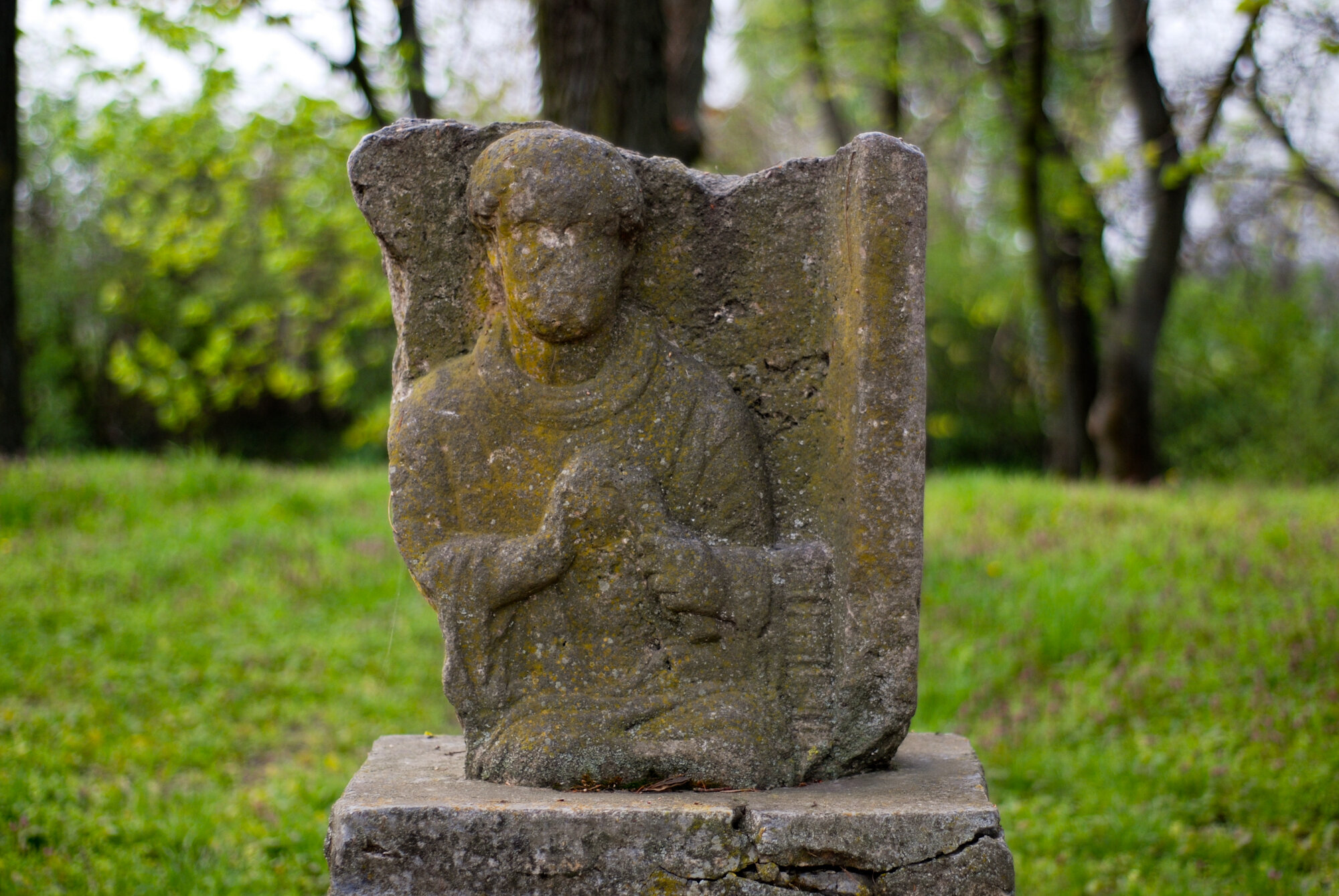1/8
Villas
What were the Romans up to on the shores of Lake Balaton? Farming, at a high level. The remains of their manors around the Lake prove that the Romans once settled here were not only experts of farming but also of consuming - mostly from silver vessels -, which they practiced in style within the walls of their fresco- and mosaic-adorned villas. The memory of these practices is best preserved by the Roman manor at Balácapuszta, near Nemesvámos: the Villa Romana Baláca. The mosaic floors, frescos, gardens and the visitors' center give you a good idea of the glorious past both in reality and virtually. A master of similar magnitude must have also resided in the other large villa of the area, which is found in Szabadbattyán, by main road M7, near the east shore of the Balaton.
3/8
Fortifications
When not in the vineyards, Romans used to hunt Barbarians. Or the other way round. At the time of the decline of the Roman Empire, thy built fortresses instead of villas near Lake Balaton. The large fort Valcum in Fenékpuszta, near Keszthely defended war roads just like Fort Tricciana south of Siófok, in Ságvár. You can still see the ruins of Valcum today, however there are only a few metres left o the walls of Tricciana in the ruin graden next to the reformed church of Ságvár.
5/8
Culture
There are not only stone walls left of the province of Pannonia. Valuable objects, tools, statues and treasures have been uncovered in various settlements around the Balaton. The majority of these are exhibited in the major museums of the area, like the Balaton Museum in Keszthely and the Lackó Dezső Museum in Veszprém. It is worthwhile, however, to explore the surroundings of Balaton with eyes open as there are many Roman memories all around, like smaller ruins, location names, tombstones and local history exhibitions. For example on the Kőkoporsó-domb (meaning: Stonecoffin Hill; named after Roman sarcophagi) of Csopak, or in Hévíz-Egregy, where you can see the original grave of a Roman soldier.
6/8
Wine
Just like in the movie 'The Life of Brian', we have the Romans to thank for the wine. At Lake Balaton, the Romans started to cultivate grapes originally. Fortunately, the lords of the following eras have preserved this noble tradition, although the grape varieties found here today are not the ones that the Romans had planted. There is one exception. The Tabunello wine of the 2HA Winery on Szent György-hegy is made of Sangiovese, a famous Italian grape variety. Its name ('Jupiter's blood') and its origins both reach back to the Roman Empire. The lords of Pannonia must have drunk something similar.








